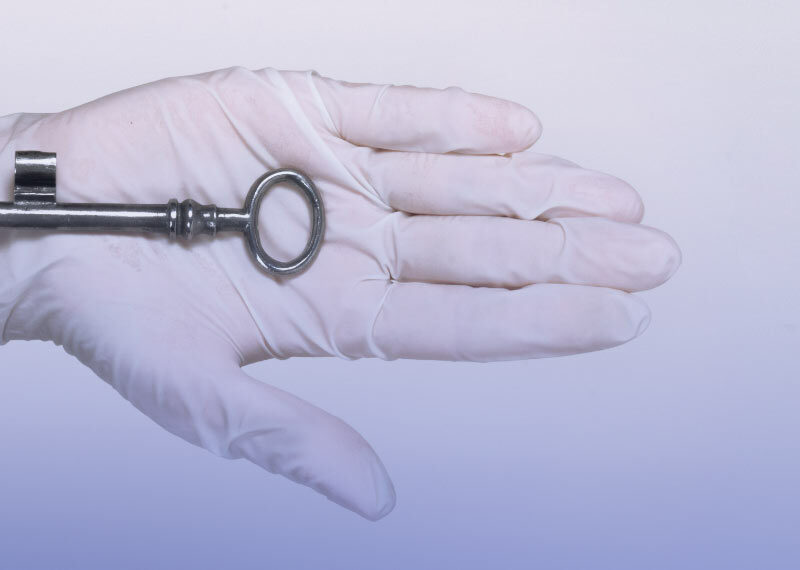At this point, we all must know that quality content and services or products don’t exactly yield organic website traffic or high online exposure. Why? Search engine optimization stands in the middle of your website and ranking for that dream spot on search results. The strategy and overall dynamic shifts quite a bit when the website in question is built with Shopify. It’s possible that you’re missing out on a few key nuances that will put you forward with SEO. This is why we’ve put together the ultimate guide of SEO best practices for your Shopify website.
Keywords Are Still a Must
The vitality of keyword research and keyword density doesn’t change when it comes to optimizing for a Shopify site. In fact, it becomes a more intricate task since you’ll need to ensure you’re using an optimal density of your keywords, especially long-tail keywords, within the limited space of content that you have. Since the majority of your eCommerce site will be product titles and descriptions that are no longer than a few hundred words at most, it can be difficult to constantly and consistently upkeep keyword usage. Keyword research and targeting are still necessary beforehand to determine which keywords you want to rank for and work towards this goal within your optimization process afterward.
Digi-Tip: Don’t forget that SEO isn’t a moment, it’s an ongoing process and requires constant maintenance by a dedicated professional if you want to notice results in the long term.
Beware of Duplicate Content Pages
Duplicate pages are a culprit that many eCommerce websites face, especially when there are multiple similar product pages on the website. You may be inclined to copy and paste the product description or other details for similar products across various pages when the product is the same but it’s a different color swatch, for example, but this actually makes it confusing for search engines to determine which is the canonical page. This, in its turn, will impact your pages from ranking well down the line since there is a chance that your secondary importance pages will take over the traffic from your main page.
Internal Linking for More Dwell Time
The more time users spend on your website or, in other words, how long their dwell time is, the higher you will rank on search engines. For this reason, onsite internal linking is a must-have for your Shopify website. This means that you need to find ways to incorporate internal linking to other pages of the website as often as possible. An effective method for this in the case of eCommerce is to have a “similar items you may like” section or something of this essence on the product pages. This will keep users motivated to tour around your website instead of clicking off the page the moment they don’t find what they are looking for.
Optimizing Images for Efficiency
Image optimization is necessary in all cases of SEO, but it’s vital for Shopify and eCommerce websites. This is primarily because Shopify websites are image-heavy as hundreds of thousands of products are potentially involved, each requiring their own image(s). Optimizing your images greatly impacts the loading speed of the website, which in its turn, impacts your website’s ranking on search engines. Let’s dive into what size should product images be on Shopify and everything else you need to know about image optimization.
- Export compressed versions or use an online compression tool to reduce the size of all images you upload.
- Don’t forget to add image alts on Shopify.
- Avoid using image sliders.
- Optimize your image file names before uploading, even though they are not visible on the website.
- Aim for using more original images instead of stock photos since you will be competing with pages also using these images.
Digi-Tip: Compressed images do not translate to low-quality images. Ensure the quality of your images is preserved even after compression for a better user experience!
How to Optimize URLs for Shopify
Short and sweet page URLs are optimal for ranking on Google which means you don’t have cluttered words and numbers stringing on for several dozens of characters in your URL. How do you keep it clean though? Shopify websites automate this process to an extent since they add appropriate /pages/ or /products/ prefixes after your company name in the URL. As a general rule of thumb, the cleaner the URL, the better, but ensuring your URL is clean and optimized from these prefixes onwards is still a determining factor. Ensuring your focus keyword is also in the URL will give you a great push forward.
The Value of Quality Content
You may be tangled up in the web of optimizing your catalogs, images, and product pages that you forget to emphasize on high-quality content. As mentioned above, you don’t have many opportunities to fill the website with large blocks of content, but this doesn’t mean it isn’t a necessity for effective search engine optimization. Opening a blog is a great way to add organic traffic-generating content to your Shopify website. You can not only utilize your target keywords within the blog but use it for internal link building as well. Maintaining a blog with even a single blog post each week can do wonders for your eCommerce website SEO.
You don’t have to handle all of this on your own — Digilite’s team of dedicated and skilled SEO specialists are ready to help your website’s SEO flourish. Contact us today for more!




